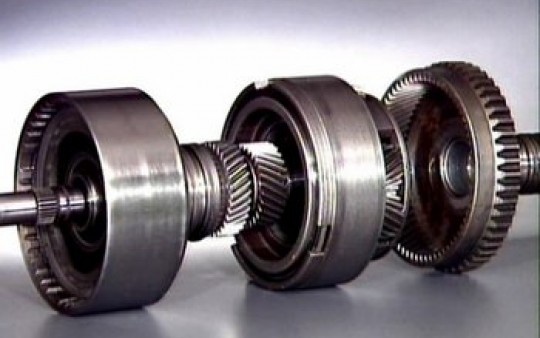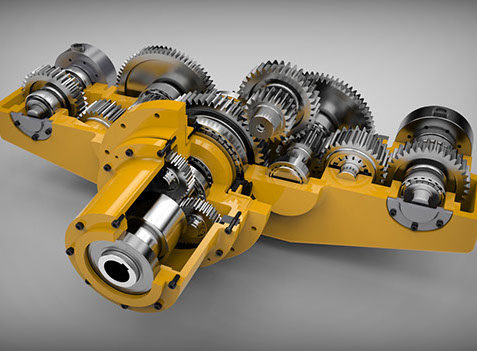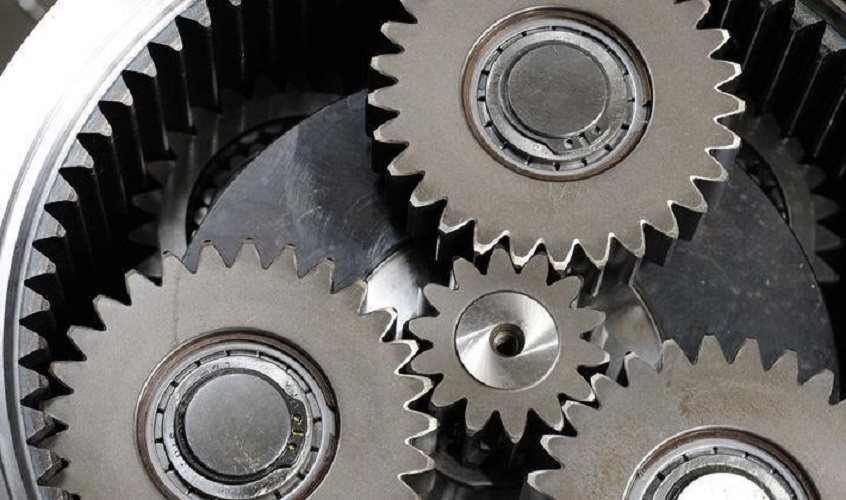Product Description
High Precision Spur Gears, Metal Gears with Small Size
Customer High Precision Manufacturer Steel /Pinion/Straight/Helical Spur
Planetary/Transmission/Starter/ CNC machining/Drive Gear
Our advantage:
*Specialization in CNC formulations of high precision and quality
*Independent quality control department
*Control plan and process flow sheet for each batch
*Quality control in all whole production
*Meeting demands even for very small quantities or single units
*Short delivery times
*Online orders and production progress monitoring
*Excellent price-quality ratio
*Absolute confidentiality
*Various materials (stainless steel, iron, brass, aluminum, titanium, special steels, industrial plastics)
*Manufacturing of complex components of 1 – 1000mm.
Production machine:
| Specification | Material | Hardness |
| Z13 | Steel | HRC35-40 |
| Z16 | Steel | HRC35-40 |
| Z18 | Steel | HRC35-40 |
| Z20 | Steel | HRC35-40 |
| Z26 | Steel | HRC35-40 |
| Z28 | Steel | HRC35-40 |
| Custom dimensions according to drawings | Steel | HRC35-40 |
Production machine:
Inspection equipment :
Gear tester
| Application: | Machinery |
|---|---|
| Hardness: | Hardened Tooth Surface |
| Gear Position: | Internal Gear |
| Manufacturing Method: | Rolling Gear |
| Toothed Portion Shape: | Spur Gear |
| Material: | Steel |
| Customization: |
Available
| Customized Request |
|---|

How does a planetary gear arrangement handle variations in load and stress?
A planetary gear arrangement offers inherent advantages in handling variations in load and stress. Let’s explore how it achieves this:
- Distributed Load:
One of the key advantages of a planetary gear arrangement is its ability to distribute the load among multiple gears. In this arrangement, the load is shared by the sun gear, planet gears, and ring gear, with each gear sharing a portion of the total load. As a result, the load on each individual gear is reduced compared to a single gear system, reducing stress concentration and enhancing the overall load-carrying capacity.
- Load Sharing:
Planet gears in a planetary gear system share the load as they are meshed with both the sun gear and the ring gear. This load-sharing characteristic ensures that the load is distributed evenly across multiple gear teeth and contact points. Consequently, the stress on each gear is reduced, minimizing the risk of tooth failure and increasing the system’s durability.
- Torque Splitting:
In a planetary gear arrangement, torque can be split among multiple paths. By controlling the distribution of torque between the sun gear and ring gear, variations in load can be managed effectively. If one gear path experiences higher stress, the torque distribution can be adjusted to shift the load to other gear paths, thereby balancing the stress and minimizing the risk of gear failure.
- Multiple Stages:
Planetary gear arrangements can be designed with multiple stages, involving multiple sets of sun gears, planet gears, and ring gears. Each stage can handle a portion of the load, allowing for further load distribution and stress reduction. This multi-stage configuration enhances the gear arrangement’s capacity to handle variations in load and stress, making it suitable for demanding applications.
- Robust Construction:
Planetary gear systems are known for their robust construction and high torque capacity. They are designed to withstand heavy loads and resist the effects of stress concentration. The use of high-quality materials and precise manufacturing techniques further enhances their ability to handle variations in load and stress.
In summary, a planetary gear arrangement handles variations in load and stress through distributed load sharing, torque splitting, multiple stages, and robust construction. By distributing the load among multiple gears, sharing the load between different paths, and employing multiple gear stages, a planetary gear arrangement can effectively manage variations in load and stress, ensuring reliable and durable operation in a wide range of applications.

Can planetary gears be used in aerospace and aviation applications?
Planetary gears find extensive use in aerospace and aviation applications due to their unique characteristics and advantages. Let’s explore how planetary gears can be utilized in the aerospace and aviation industry:
- Aircraft Engines:
Planetary gears play a crucial role in aircraft engines, especially in the reduction gearbox. The reduction gearbox connects the high-speed turbine shaft with the low-speed propeller shaft, allowing efficient power transmission while maintaining optimal propeller speed. Planetary gears within the reduction gearbox help achieve the required gear ratios and torque conversion, ensuring smooth and reliable engine operation.
- Landing Gear Systems:
Planetary gears are also utilized in landing gear systems of aircraft. These gears provide the necessary torque and force to retract and extend the landing gear during takeoff and landing. Planetary gears offer compactness, high torque capacity, and the ability to handle heavy loads, making them suitable for this critical application.
- Actuation Systems:
Actuation systems in aerospace and aviation, such as those used for flight control surfaces, also benefit from the use of planetary gears. These gears enable precise and reliable movement of control surfaces, such as ailerons, elevators, and rudders. Planetary gears’ ability to handle high torques, provide accurate positioning, and withstand varying loads makes them well-suited for actuation systems.
- Satellite and Spacecraft Mechanisms:
In satellite and spacecraft applications, planetary gears are utilized in various mechanisms. They can be found in solar array drives, antenna pointing systems, and deployment mechanisms for scientific instruments. Planetary gears offer compactness, high torque transmission, and the ability to handle the extreme conditions of space environments.
- Auxiliary Power Units (APUs):
APUs in aircraft are responsible for providing auxiliary power during ground operations and in-flight emergencies. Planetary gears are often employed in APU systems to transfer power from the engine to the auxiliary systems, such as electrical generators or hydraulic pumps. These gears ensure efficient power transmission and reliable operation of the APU.
In summary, planetary gears have significant applications in aerospace and aviation. They are utilized in aircraft engines, landing gear systems, actuation systems, satellite and spacecraft mechanisms, as well as auxiliary power units. The compact size, high torque capacity, precise positioning, and reliable operation of planetary gears make them well-suited for these critical applications in the aerospace and aviation industry.

Can you describe the role of sun gears, planet gears, and ring gears in planetary systems?
In a planetary gear system, each component—the sun gear, planet gears, and ring gear—plays a crucial role in the overall operation and functionality. Let’s explore the roles of these gears:
- Sun Gear:
The sun gear is a central component in a planetary gear system. It is typically located at the center and is driven by an input source such as a motor or engine. The sun gear receives the input power and transmits it to the other gears in the system. As the sun gear rotates, it drives the rotation of the planet gears, which, in turn, contribute to the overall gear operation. The size and number of teeth on the sun gear determine the gear ratio and torque characteristics of the system.
- Planet Gears:
The planet gears are gears that surround the sun gear in a planetary gear system. They are typically smaller in size compared to the sun gear and are connected to a carrier or arm. The planet gears mesh with both the sun gear and the ring gear. As the sun gear rotates, it drives the rotation of the planet gears. The planet gears exhibit both rotational and orbital motion. While they rotate on their own axes, they also orbit around the sun gear. This combination of rotational and orbital movement allows the planet gears to transmit torque and contribute to the overall gear reduction or amplification. The arrangement and number of planet gears can vary depending on the specific design and requirements of the system.
- Ring Gear:
The ring gear is the outermost gear in a planetary gear system. It has internal teeth that mesh with the planet gears. The ring gear remains fixed or stationary while the sun gear and planet gears rotate. The interaction between the planet gears and the ring gear enables the gear system to achieve gear reduction or amplification. The size and number of teeth on the ring gear also influence the gear ratio and torque characteristics of the system.
In summary, the sun gear serves as the primary driver, receiving the input power and transmitting it to the other gears. The planet gears rotate and orbit around the sun gear, contributing to torque transmission and gear functionality. The ring gear remains fixed and meshes with the planet gears, allowing for gear reduction or amplification. Together, these gears work in harmony to achieve the desired gear ratios, torque transmission, and overall operation of planetary gear systems.


editor by CX 2023-09-15